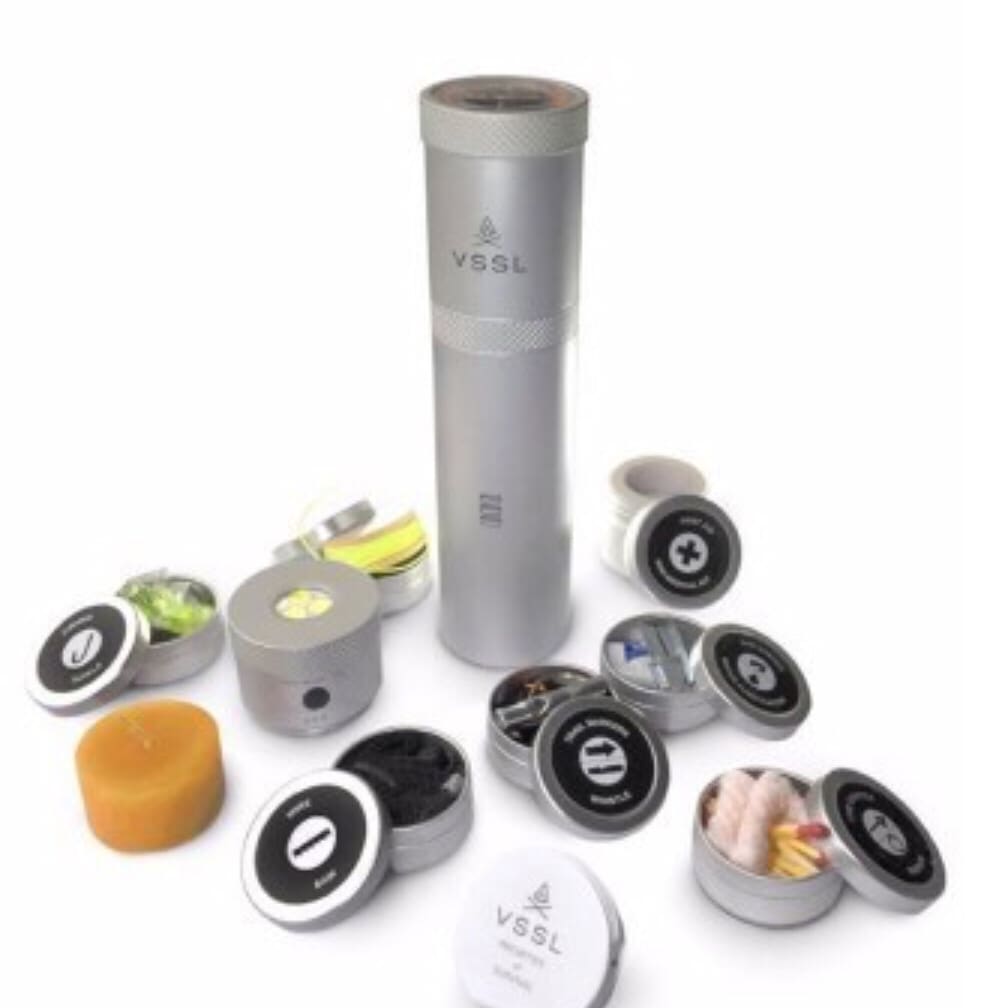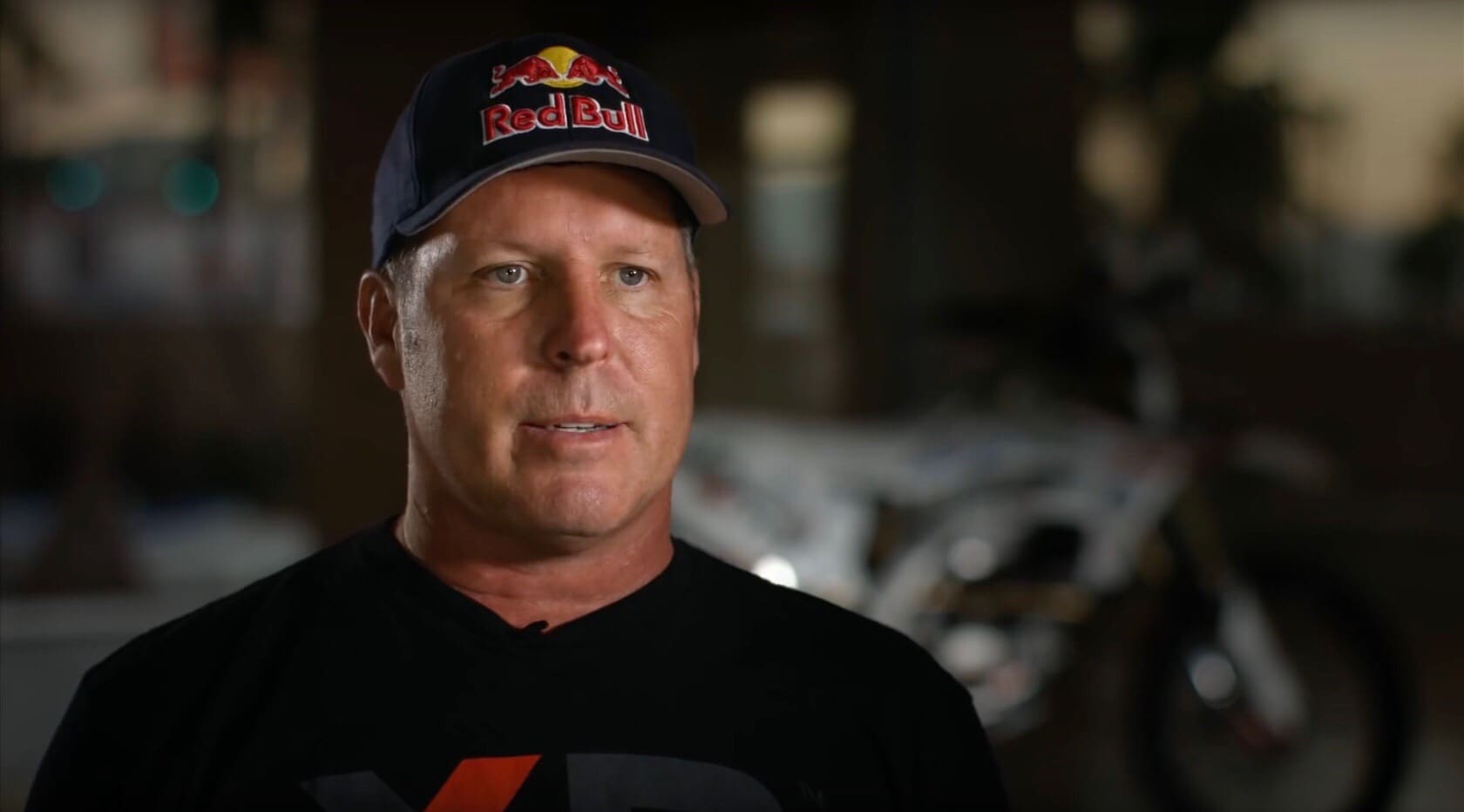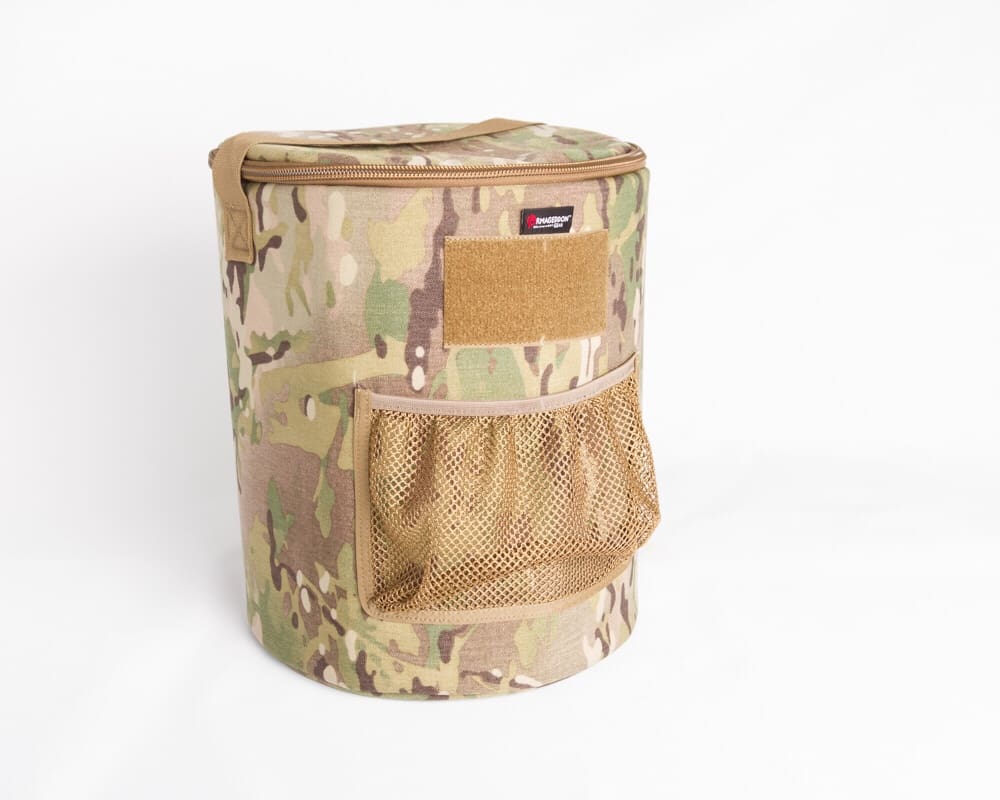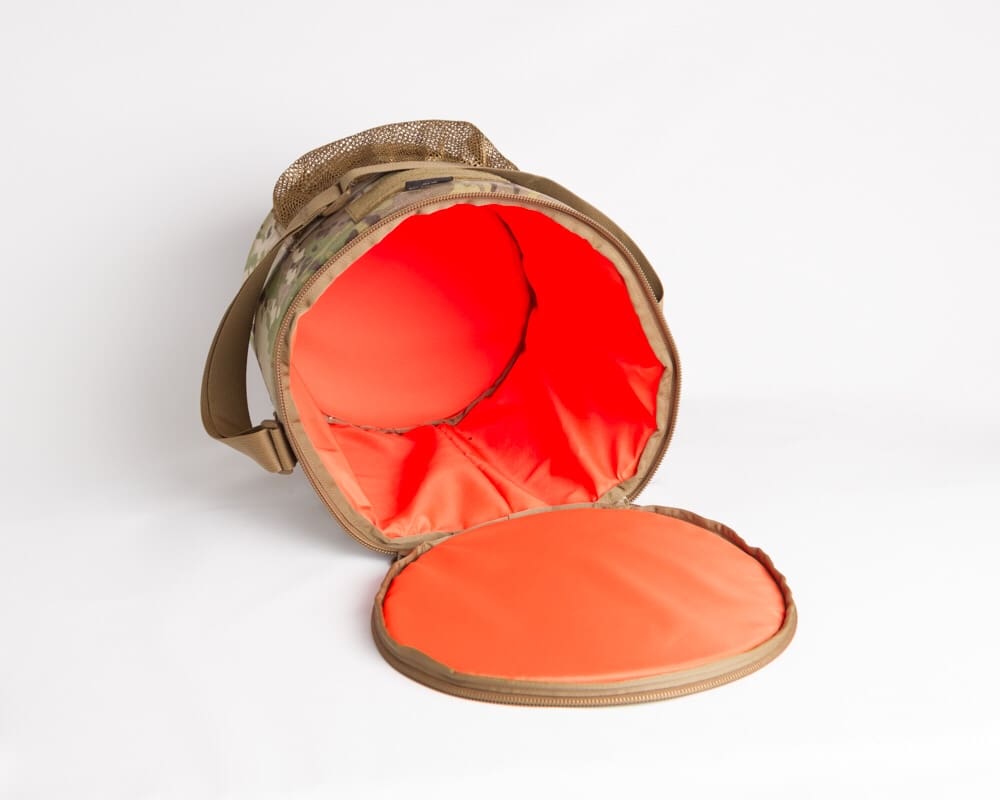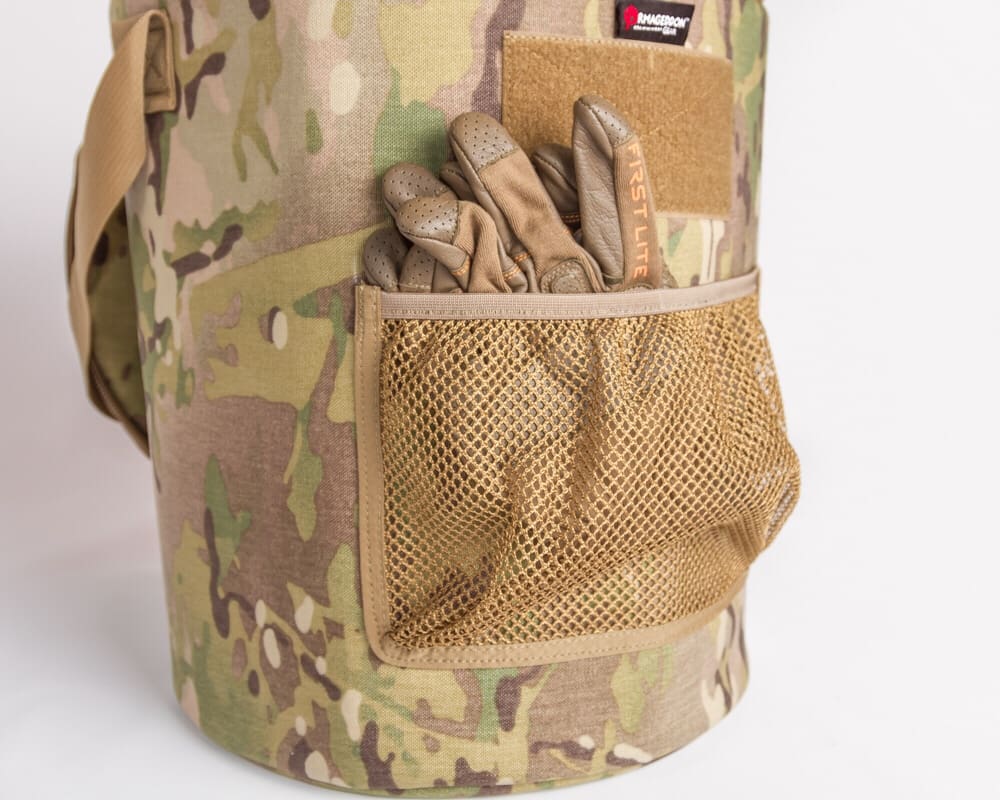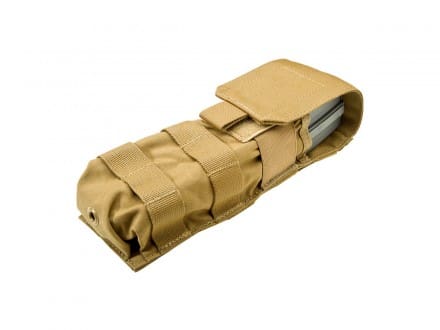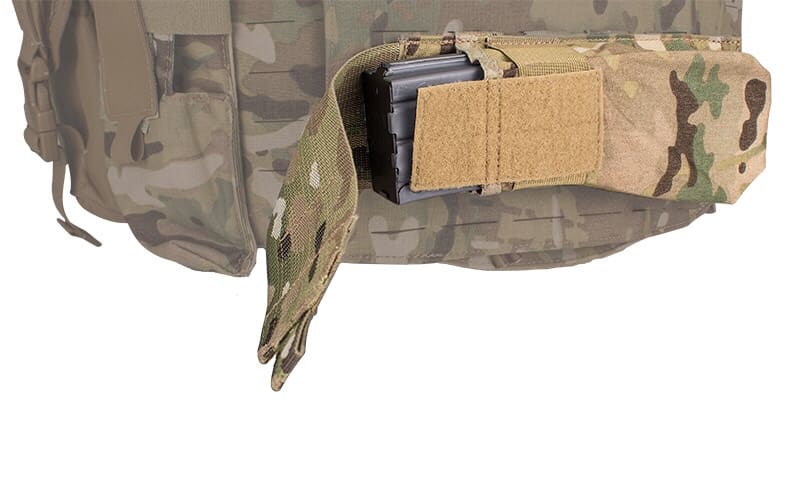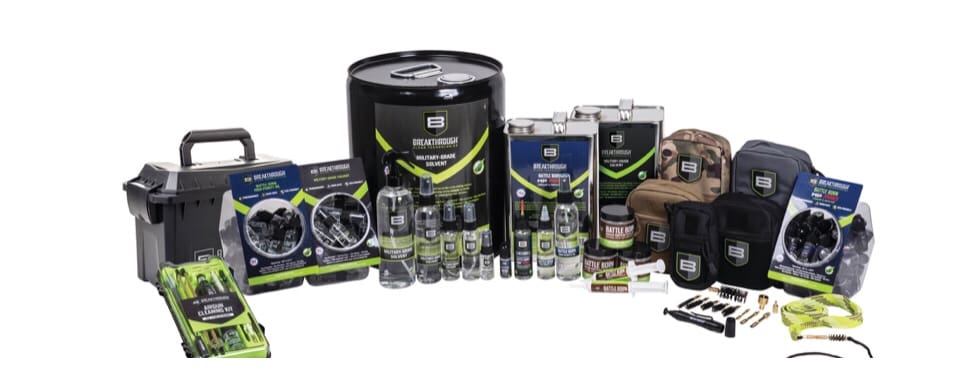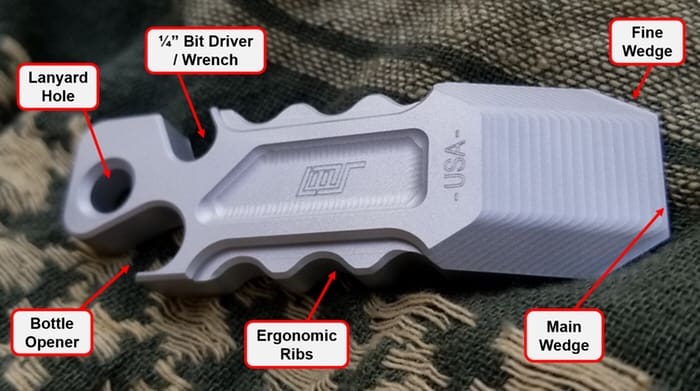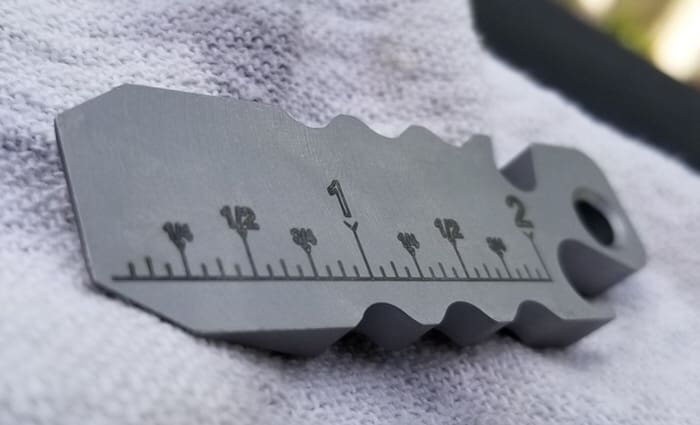Nashville, April 25, 2018: Arnold Defense, the US St Louis-based international manufacturer and supplier of 2.75-inch rocket launchers, is displaying its ultra-light LWL-12 2.75-inch/70mm Weapon System at the 2018 Army Aviation Mission Solutions Summit in Nashville, Tennessee, from April 25- 27.
Arnold Defense is the world’s largest supplier of rocket launchers; the Company has manufactured more than 1.1 million 2.75-inch rocket launchers since 1961 for the U.S. Army, U.S. Navy, U.S. Air Force and many NATO customers and allies. Arnold Defense designs and manufactures rocket launchers that can be customized for any size, weight, capacity or form factor for platforms in the air, on the ground or at sea.
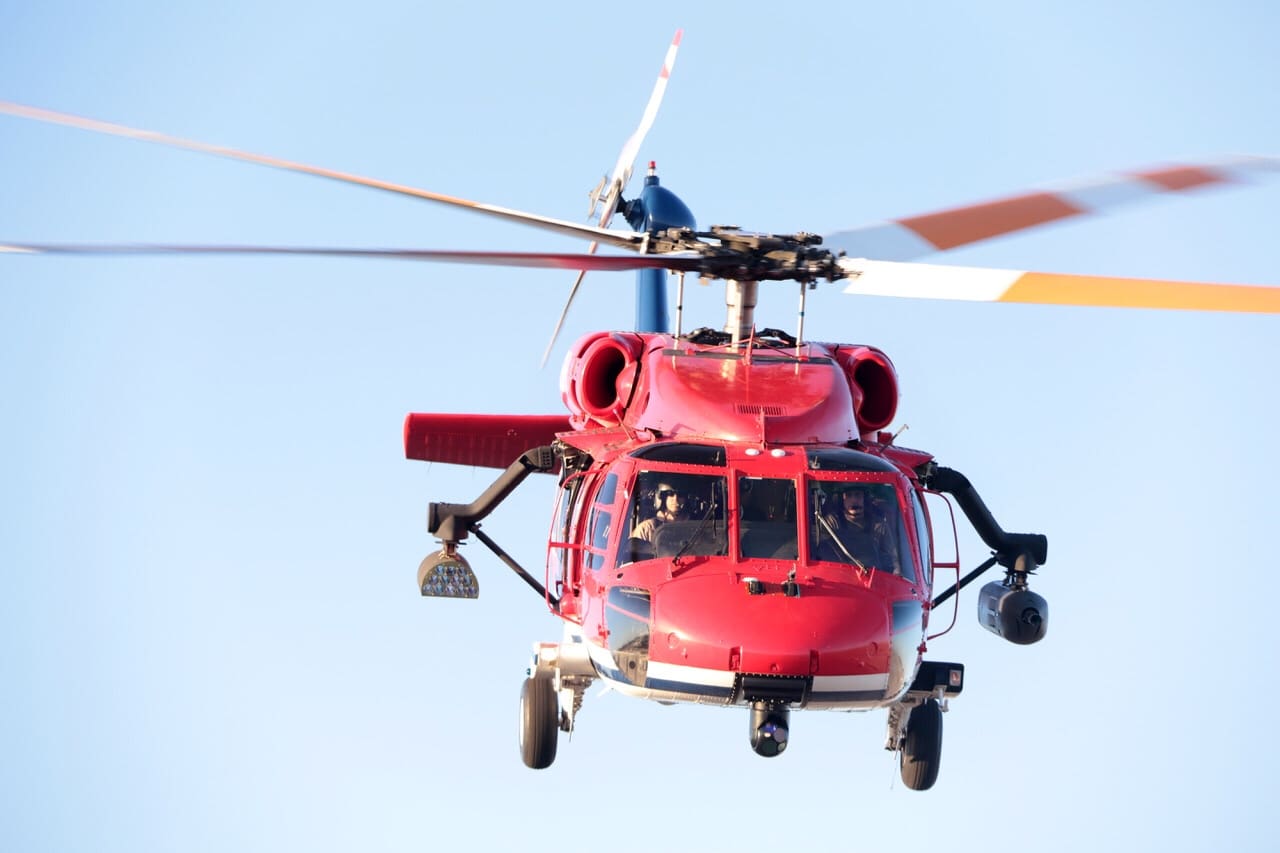
UH-60MAWS, equipped with Arnold Defense’s M261 rocket launcher (image courtesy of Arnold Defense)
Arnold Defense’s rocket launchers are designed and built with combat-proven technology and they comply with U.S. airworthiness and safety standards. The Company’s products include the ultra-light LWL-12 (on display on a UH-60 Black Hawk on the L3 WESCAM stand 1607) that weighs just over 60 pounds (27 kg) empty. Other core products include the 19-round M261 which is commonly used by helicopters; the thermal coated 7-round LAU-68 variants and LAU-61 Digital Rocket Launcher are used by the U.S. Navy and Marines; and the 7-round LAU-131 and SUU-25 flare dispenser are used by the U.S. Air Force and worldwide. The A-10 Warthog is being upgraded to include the Arnold LAU- 131/AA fitted with laser-guided rockets, making the A-10’s combat capability more effective than ever. Additionally, the FA-18 is undergoing an upgrade program involving the LAU-131/AA, for which tests are currently taking place.
Traditionally, 2.75-inch rocket systems have been used as an area suppression weapon, ordinarily deployed by aviation assets. The Arnold Defense team is currently developing the FLETCHER smart, laser-guided launcher system, which will be available during 2018. A special forces, vehicle-mounted FLETCHER prototype, unveiled in 2017 at both AUSA and DSEI, utilizes the advancement of laser- guided rocket technology to meet the modern demands of air, land and marine-based, mounted and dismounted asymmetric warfare, for special and conventional forces.
Chris Frillman, Arnold Defense’s Program Director Weapons Systems said: “After a busy year, where Arnold Defense has been introducing our combat-proven rocket launchers in various parts of the world, it is now good to be back on home turf. The Army Aviation Summit is close to our hearts and our roots and we look forward to meeting many old friends here, as well as making new ones ”. He added: “We like to say that the sky is NOT the limit. Through our experience and innovation, we are developing the next generation of laser-guided weapons systems for missions on land, sea, and air. Working together, we protect the warfighters of today and tomorrow, just as we have for the past half-century.”
Meet the Arnold Defense team on stand 1042, where you can fire virtual rockets from an Arnold Defense LWL-12 via an Apache combat flight simulator video game. Arnold Defense staff are on hand to explain their systems to visitors and specific briefings/interviews can be facilitated.
See Arnold Defense’s LWL-12 rocket launcher on a UH-60 Black Hawk on L3 WESCAM’s stand 1607.
www.arnolddefense.com

